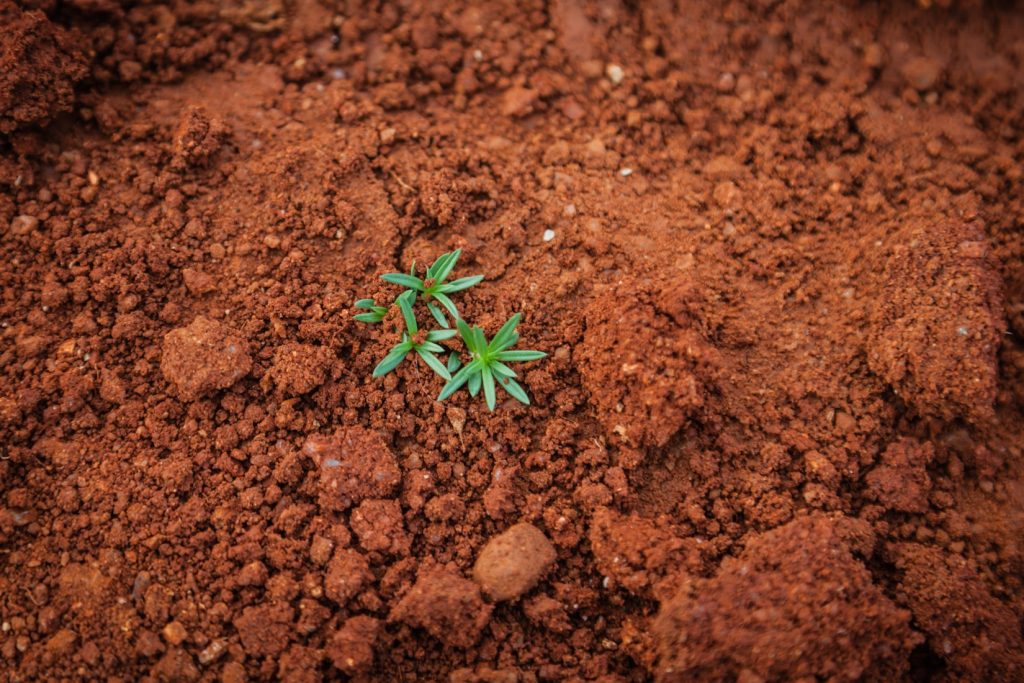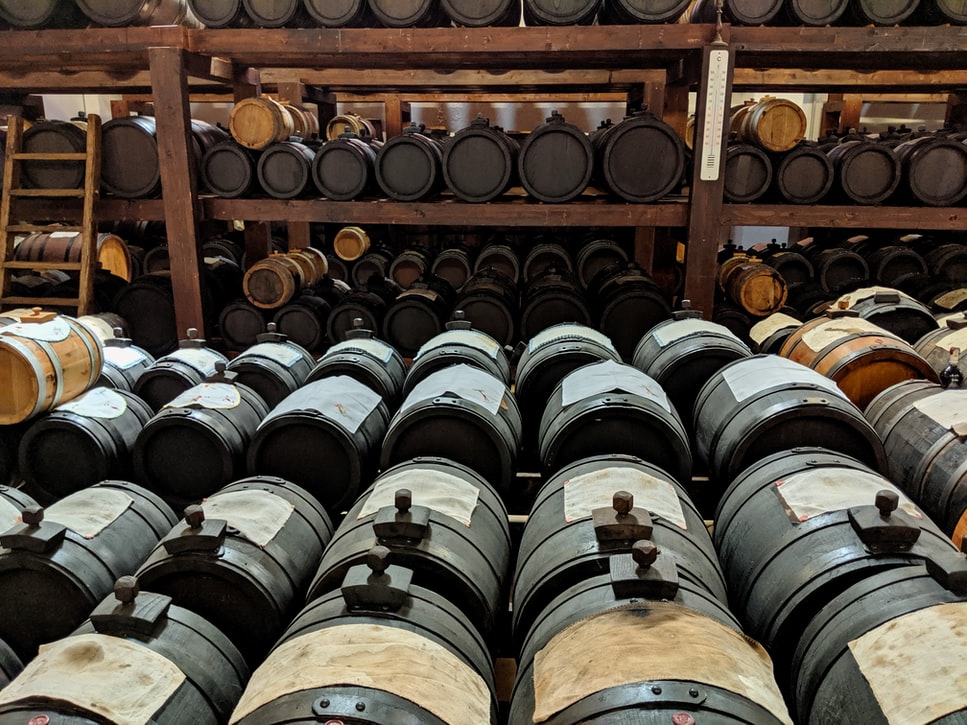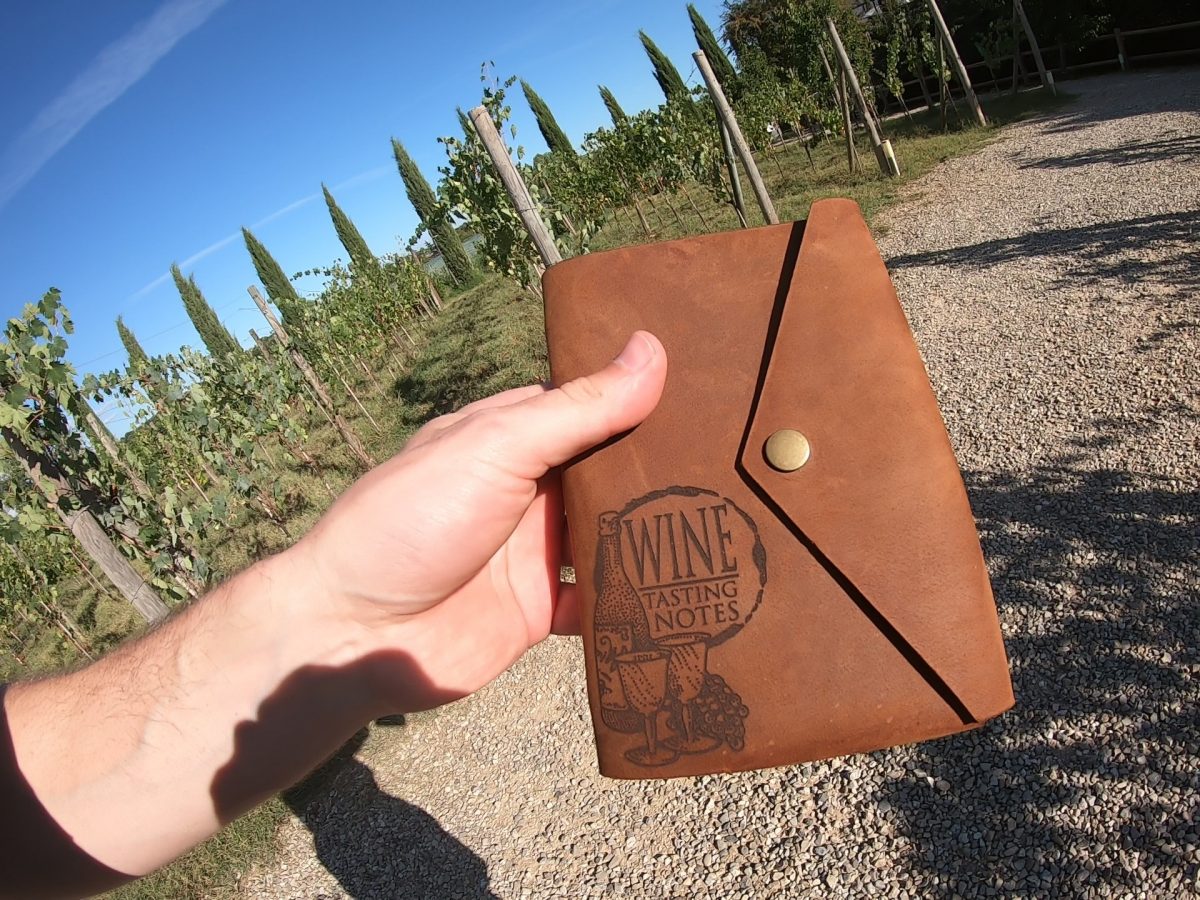Another bucket list stop for your Chianti wine tour is the Poggio Amorelli estate owned by the Mazzarrini family.
Quick Info:
- Cost: $30 for Wine tasting + cheese and prosciutto platter + awesome extras (continue reading!)
- Time: 1-2 hours depending on you (could easily squeeze in for an hour)
- Phone: +39 0577 741373
- Email: [email protected]
The winery is still family-run, and there always seems to be one of them on staff. The father was also a long time Prosecco producer but now spends his time on the winery here.
Unfortunately, due to COVID this estate is temporarily closed, but their winery, Poggio Ai Laghi, is open and welcoming connoisseurs and wine lovers alike!
Poggio Ai Laghi
Lucky for us Poggio Ai Laghi was only ten minutes from our Airbnb in Staggia.
When you arrive you’ll notice the entry is hidden behind an old structure. Not to mention you turn off onto a gravel road.

The road leaves a lot to be expected, but as you get further along you will see a large parking lot with the classic cypress trees and vineyard in behind.

Leaving the parking lot there is an inviting stone walkway through a new vineyard of young vines (7 years old) which leads to the restaurant/winery.

You’ll immediately notice how picturesque the restaurant and patio look. It’s the perfect Italian setup and the reviews are staggering considering how new it is.

You will not want to miss out on dinner, so make sure to call ahead:
+39 334 831 6963
Open: 5pm–12am

The place has been booked out since it opened. You should be fine booking a day in advance though.
As I entered the patio, I was greeted promptly and given a solo introduction to the winery and the area around it.
Poggio Ai Laghi – Brief Intro
Poggio Ai Laghi is a new estate that was built as a collaboration with the government to rejuvenate the area.
This makes a lot more sense considering how rough the entrance to the estate is, but every year they are making improvements.
The Mazzarrini family picked the land because the clay soil is perfect for productive, full grapes. This gives them a huge uptick in quality grapes to produce their house wine.

This is also the perfect contrast to their main rocky estate, Poggio Amorelli, which doesn’t produce much in terms of volume, but the quality is superb which they use for their high end wines.
One estate for volume, the other estate for quality. Makes sense.
Wine Tasting
After the intro, you’ll head upstairs to the wine shop and tasting room.
The wine shop is tasteful and hosts a rich history of the wines they produce.

As I was browsing I noticed they have a COVID special on many of their bottles. It was a bit sad to see, but I wasn’t going to say no to a discount.
After having a browse you can head into the tasting room where you’ll be greeted with a splendid view of the vineyard and patio.
Wine Tasting
Shoutout to the gentlemen running my wine tasting. He spoke excellent English and was very informative.
The wine tasting room was on point, prepped with wine glasses and a light cheese platter. Looking at the wine list I noticed the tasting also includes their DOP certified Balsamic Vinegar.

DOP in Italy is Denominazione d’Origine Protetta, this translates to Protected Designation of Origin. In effect this guarantees your product to meet a certain standard.
The government regulates it by checking on production and printing barcoded labels to be attached to the bottles to avoid producers from using the new method and labelling it as DOP to charge a higher price.
Look at the price difference on the pricing sheet:

Personally, I had no idea balsamic vinegar was anything more than what you can buy in the store.
However, it’s a specialty and originally from Italy and I dare anyone to say they can’t taste a difference.
Quickly, I’ll mention that the wines were excellent, especially the sparkling. Fresh, crisp and the perfect amount of bubbles. Wine reviews can be found here **(COMING SOON).
As always in Italy, the olive oil is to die for. Their olive oil did not disappoint and apparently would be DOP certified, except that their trees are from outside the region.
Part of certification means that the raw materials all come from the region. However, I think anyone would be easily fooled comparing their olive oil to another DOP olive oil from the area.
Digging into Balsamic Vinegar

Since Poggio is the only DOP certified producer of balsamic vinegar in Tuscany, they are something of a specialist for it. This makes them 1 of 53 traditional producers of balsamic vinegar in the world
Balsamic vinegar in Italy mostly comes from Modena or Reggio Emilia where you might recognize the label “aceto balsamico di Modena” from your grocery store.
These bottles usually do not have the DOP designation and taste very different from the balsamic vinegar you can try here.

Just like many products around the world, there is the original, full of complex flavors and then there is the kind you find in all the grocery stores that is simplified and cheaper.
Both products have their place, but this is something I hope everyone gets a chance to try.
The tasting includes 2 different balsamic vinegars. One is 12 years old, and the other is 20. They also have a 25yo and a 36yo on the price list, but not for tasting (limited quantities).
I can imagine the quantity they have for those would be very limited considering the time period and evaporation every year.
The biggest difference in taste that you’ll notice is the acidity. Over time this acidity becomes smoother, just like with wine, and more approachable on the palate.
How they make balsamic vinegar
The traditional method to create balsamic vinegar is done by boiling down the grape must until it reaches 30% sugar levels or 30 Brix.
To start the wineries will have to decide which grapes are will be used. Trebbiano is the usual grape. Then they produce grape must by crushing the grapes. Grape-must consists of grape juice, skins, and seeds.
After boiling the grape must down to 30% sugar, you’ll end up with half the volume you started with.
So if you start with 10L of grape must, after boiling it down to 30% sugar, you will have roughly 5L left. Crazy what we do to concentrate the flavour.

The grape must is then stored in casks made of wood depending on the area and the defined methods.
According to this website, “Balsamic vinegar aged in wooden barrels using the traditional system loses 10%-12% of its volume per year.”
The casks can then be left for their desired aging period or they can use the solera system to keep a consistency across years.
The solera system works by mixing all of the years together. This is done by taking a small portion off of one cask and adding it to the next cask, and then doing the same with the next cask and so on.
Each cask in the solera system is from a specific year and is set from youngest to oldest.
Starting with the oldest cask, you open it up and bottle for the current year.
Then the next oldest (slightly bigger) cask is then opened and used to fill the first cask. This continues through each cask for each year back to the first cask which is topped off with the new boiled grape must!

The system comes from spain where it is used for Sherry production. Many other products now use this system now including beer, brandy and whisky.
Current Day Balsamic Vinegar:
The traditional method is painstakingly long and a lot of the contents dissipate over time leaving a small quantity left.
For the huge markets of today, this would not be enough, so we have a new method.
This vinegar is made from wine vinegar mixed with concentrated grape must. The wine vinegar is used to speed up the process of converting the grape must to balsamic vinegar.
Poggio Amorelli Balsamic Vinegar
Even though Poggio Amorelli releases Balsamic Vinegar aged for 12 years and 20 years, these still don’t meet the benchmark set for DOP producers.
That’s why these two bottles are labelled IGP which in Italy stands for Indicazione Geografica Protetta or in English: Indication of Geographic Protection.

This is a lower tier, which is less strict in regulation. Basically, it tells you that the balsamic vinegar is the same density as the DOP version, but has not been aged as long and instead has been boiled down even further.
In fact, most store bought versions are IGP because you only need to store them for 2 months to get this label.
Lastly, I thought it was interesting to note that balsamic vinegar never expires. So when you visit Poggio Amorelli you should buy as much as you can carry 😉
Final Thoughts
Sometimes I wonder if you can have a bad wine tasting in Italy or if I’m just getting lucky.
Regardless, Poggio Amorelli is worth your time just for the balsamic vinegar if not for the wine.
A couple other things I learned on this tasting:
- there was a massive frost back in 1995 which killed most of the olive trees, that’s why you no longer see the huge olive trees in Tuscany.
- Sadly there is a new bug that is killing them too, but I missed the details on this while I was enjoying the wine.
If you have any questions or comments on Poggio Amorelli, Balsamic Vinegar or anything else, please don’t forget to drop me a note below 🙂
